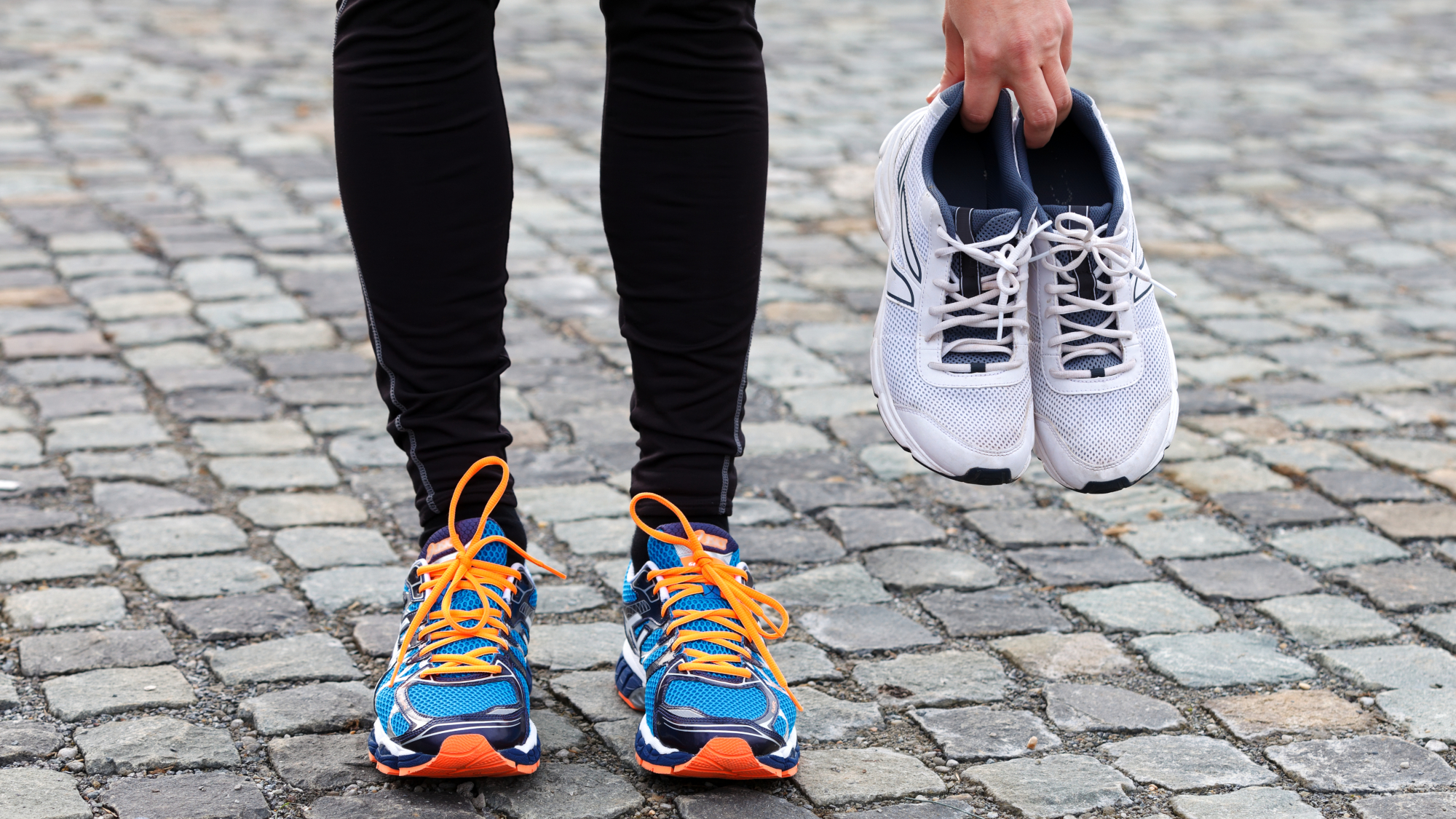How Long Do Running Shoes Last?
The lifespan of running shoes varies depending on the shoe and the runner, but there are ways to tell when your trainers need to be replaced

There’s no easy answer to how long a running shoe lasts. Many factors affect how long it takes before you’ll find yourself needing to look into how to recycle running shoes. The same shoe can hold out for different lengths of time for different runners; some shoes are built to last hundreds of miles, while others prioritize performance over durability.
That said, there is an easy rule of thumb, which footwear consultant and Under Armour athlete Emma Kirk Odunubi gave us when we asked her how to look after running shoes.
How long do running shoes last?
“I’d say 400 to 500 miles, give or take,” says Kirk Odunubi.
What affects the lifespan of a running shoe?
The factors can be grouped in two, relating to the shoe and to the runner.
Some running shoes are built to last while others are performance-focused, like the best carbon plate running shoes. Trainers with thick rubber outsoles and substantial uppers with overlays will last longer than minimal racing styles. Shoes with softer midsole foams are also likely to become compressed and be past their best sooner than shoes that use firmer materials.
The weight of the runner will also affect durability, and the width of their foot, since wider feet can place more strain on the uppers. The terrain you run on plays a part too. Stick to well-maintained asphalt and the outsole on your shoes will last longer than if you train exclusively on gravelly trails.
How do you know if running shoes are worn out?
Sometimes it’s obvious when a shoe needs to be replaced—there are big holes in the upper or the outsole has completely worn down—but even if there are no visible signs of wear and tear, there are two red flags you should always look out for.
“One of the first ways to tell if a shoe is on its way out is if you have to tie your shoelaces super-tight—to the point where it’s almost hurting—for your foot to be secure,” says Kirk Odunubi. “That will be because the upper is not holding your foot as well.
“Underfoot, if you’re not feeling the cushioning there any more, so when you’re running you’re just hitting the ground and that’s all you can feel, that’s also a sign.”
Another indication that a shoe is past its best is if you suddenly start getting niggling injuries, having previously had no such problems when running in the shoe. Obviously many things can cause an injury, but if a shoe has worn out and isn’t offering the same protection as before, it might be a factor.
How do you track the use of your running shoes?
Most running apps now come with built-in trackers to log shoe usage. This is a feature on Strava and also in Garmin Connect—you can add a pair of shoes to your account and link them to runs so the total use is added up automatically.
How can you extend the life of running shoes?
A running shoe rotation—owning a few pairs of shoes and switching between them regularly—can extend their lifespan. Because you’re not wearing the same trainers every single day, the midsole has time to recover after being compressed during a run. Keeping your shoes clean and dry can also help, plus it will minimize bad smells, which will benefit everyone in your life.
Sign up for workout ideas, training advice, reviews of the latest gear and more.

Nick Harris-Fry is a journalist who has been covering health and fitness since 2015. Nick is an avid runner, covering 70-110km a week, which gives him ample opportunity to test a wide range of running shoes and running gear. He is also the chief tester for fitness trackers and running watches, treadmills and exercise bikes, and workout headphones.
